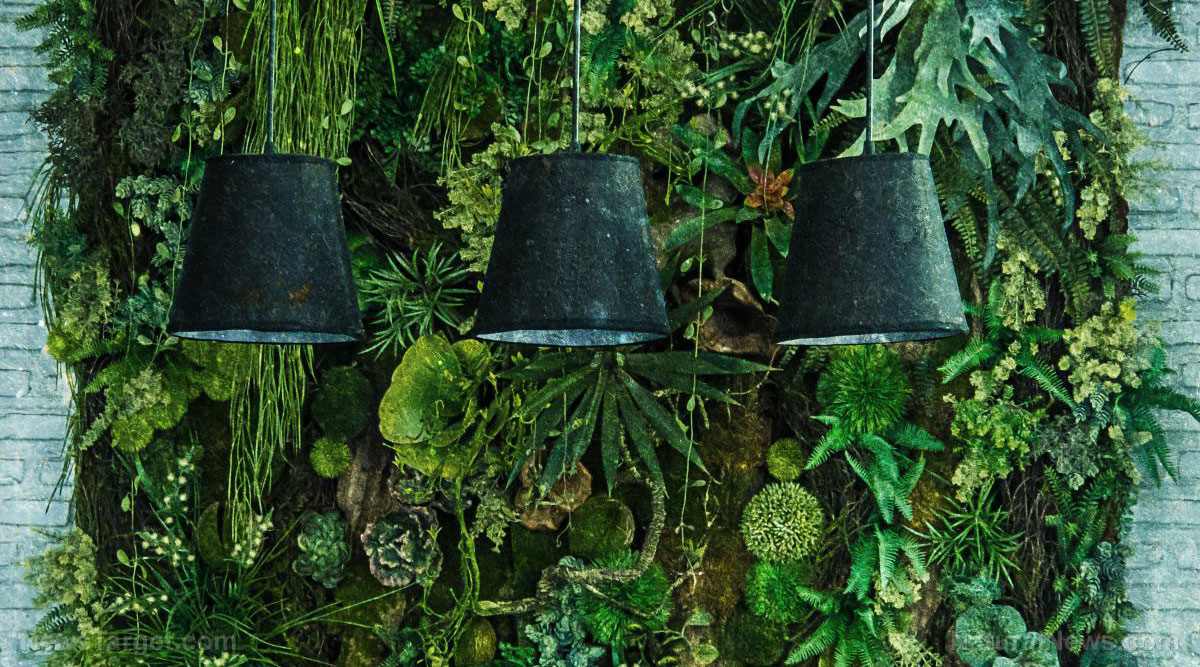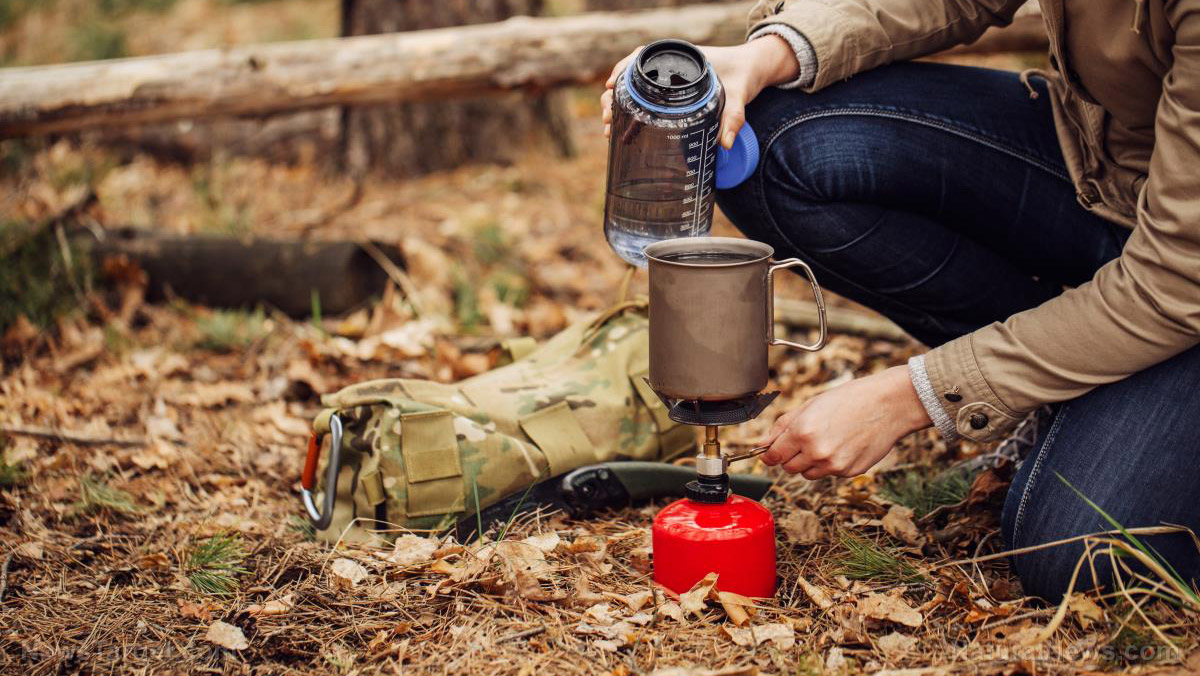
So why exactly should you have the knowledge to build your own lamp from natural materials? For one thing, natural sources of light are few and far between in nature, especially after the sun has set. And you can't always rely on artificial light sources. If you're in the middle of a forest, you definitely won't be able to find many of those just lying around.
In short, you're going to have to create your own light source. And in relation to survival skills, there are at least a couple of different easy-to-make lamps that you can fix up for yourself in a matter of minutes. As long as you have access to all the right natural materials, you should be able to make these and provide yourself with much-needed light for any purpose that makes it necessary.
Making a grease lamp
According to The Jarhead Survivor, making your own lamp out in nature is "so easy it's almost embarrassing." Indeed, with the steps that he has laid out in a quick blog post titled, "How To Make a Lamp From Natural Materials," he shows that all you really need is a couple of natural materials that are easy to gather.
First, he says you need a couple of freshwater clamshells. These will serve as the base of your natural lamp. Once you acquire these, your next step should be to fill them with a substance that you will use as fuel.
He prefers using bacon grease because it's something that he usually has on hand. But in case you have any other kind of grease or fat lying around, that should work, too.
After preparing the clamshells and filling them up with bacon grease, he says all you have to do next is to choose a kind of lightweight and readily available material that can be used as a wick. He prefers using cattail fluff, since it's usually found in the nearest pond. Just soak a fair amount of it in the grease, light it with a fire, and set it down wherever you need a source of light.
Making an oil lamp
As an alternative, you can also build yourself a nice home-made oil lamp, which you can prepare right inside your own home. One easy way to do it is by reusing vegetable oil, which will allow you to save on oil costs while also taking care of waste disposal in one fell swoop.
Making an oil lamp is just as easy as a grease lamp. First, you need a container to hold the oil, and then you need a wick to draw the oil up to where it can be burned. To make things easier, pick a nice little glass jar with a working cover. You can easily convert these into the base of an oil lamp.
For the wick, you can use a piece of twine or cord that's made out of natural fibers. Avoid using synthetic fibers as those will melt and possibly burn. Ideally, you should pick cotton, but you can also go for flax, nettle, and other natural alternatives.
Once you have all the materials at the ready, all you need to do is put the oil you're going to use in the jar, place the cover on top of it, and insert the wick right down a hole in the middle of the cover. Of course, you're going to need an improvised wick holder to keep the wick in place. Fortunately, it's easy to make one just by using a little bit of ingenuity and common sense.
As you can see, it's quite easy to build your own lamps, out of natural materials or otherwise. Try to make them a couple of times and soon you'll find all sorts of ways to improve on your first design.
To learn more about surviving in nature, visit OffGrid.news.
Sources include:
Please contact us for more information.























